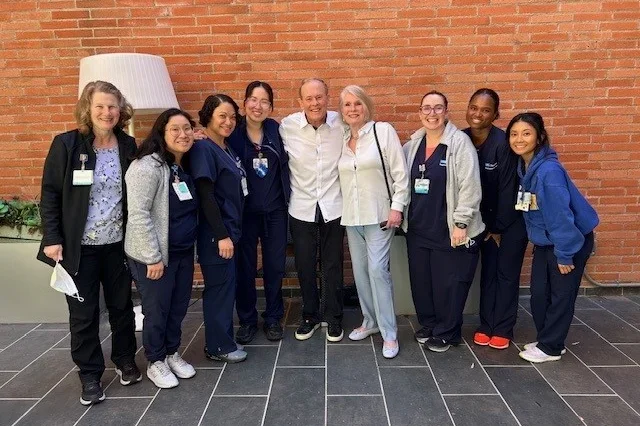Changes in COVID-19 vaccine intent show some groups are ‘moveable’ toward vaccination, also shows resistant groups and structural barriers

Since the COVID-19 vaccine has been offered, has there a been a shift among the unvaccinated population and their willingness to get fully vaccinated? To address that question, a team of researchers, including CTSI program leader Dr. Peter Szilagyi, has released findings on individual-level change in people’s vaccine intent and uptake between April and July 2021, using a nationally representative survey.
For most respondents, the reported likelihood of receiving the COVID-19 vaccine remained the same from April to July: for example, 85% of individuals who were “very or somewhat unlikely or unsure” about being vaccinated in April 2021 remained the same two months later. However, among this vaccine-hesitant group, individuals who were middle-aged, lived in urban/suburban settings, Asian, and Democrats were most likely to switch from being hesitant to becoming more confident in the vaccine two months later. The study also determined that structural barriers may remain for a sizable portion of the population who desire the vaccine.
Altogether, these findings suggest that some groups can move toward vaccination and may be influenced by outreach, education and the reduction of barriers. However, more intensive strategies—such as vaccine requirements—may be needed for resistant groups.
Szilagyi is a co-leader of the CTSI Integrating Special Populations (ISP) Program. Additional authors include Nathalie Vizueta, program manager for the CTSI ISP, and Sitaram Vangala, associate director of the Department of Medicine Statistics Core at UCLA and a member of CTSI's Biostatisics, Epidemiology and Research Design Program.
Read the JAMA publication.
image caption: Findings suggest that some groups can move toward vaccination and may be influenced by outreach, education and the reduction of barriers. However, more intensive strategies—such as vaccine requirements—may be needed for resistant groups.
Image source: Jessica Castillo/Unsplash



